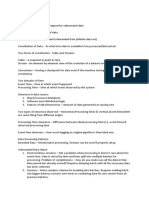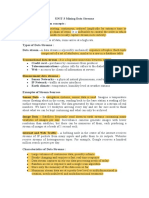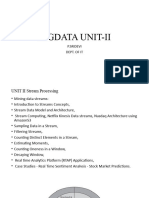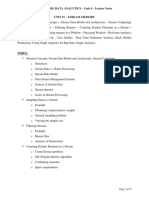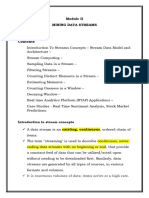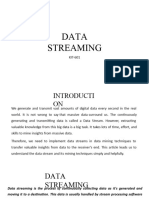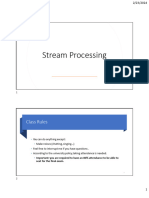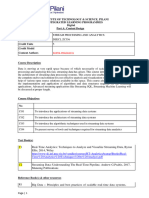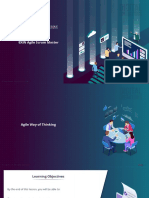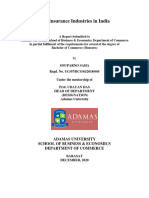0% found this document useful (0 votes)
69 views24 pagesLecture #7.1 - Introducing Streaming Data
This document introduces streaming data systems. It defines real-time systems and distinguishes between streaming data systems. Key terminology for streaming data systems is explained, including event time vs processing time, windows of data, and message delivery semantics. Finally, examples of use cases for streaming data systems are provided, such as clickstream analytics, high-frequency trading, predictive maintenance, and fraud detection.
Uploaded by
Sumit KhaitanCopyright
© © All Rights Reserved
We take content rights seriously. If you suspect this is your content, claim it here.
Available Formats
Download as PDF, TXT or read online on Scribd
0% found this document useful (0 votes)
69 views24 pagesLecture #7.1 - Introducing Streaming Data
This document introduces streaming data systems. It defines real-time systems and distinguishes between streaming data systems. Key terminology for streaming data systems is explained, including event time vs processing time, windows of data, and message delivery semantics. Finally, examples of use cases for streaming data systems are provided, such as clickstream analytics, high-frequency trading, predictive maintenance, and fraud detection.
Uploaded by
Sumit KhaitanCopyright
© © All Rights Reserved
We take content rights seriously. If you suspect this is your content, claim it here.
Available Formats
Download as PDF, TXT or read online on Scribd
/ 24

